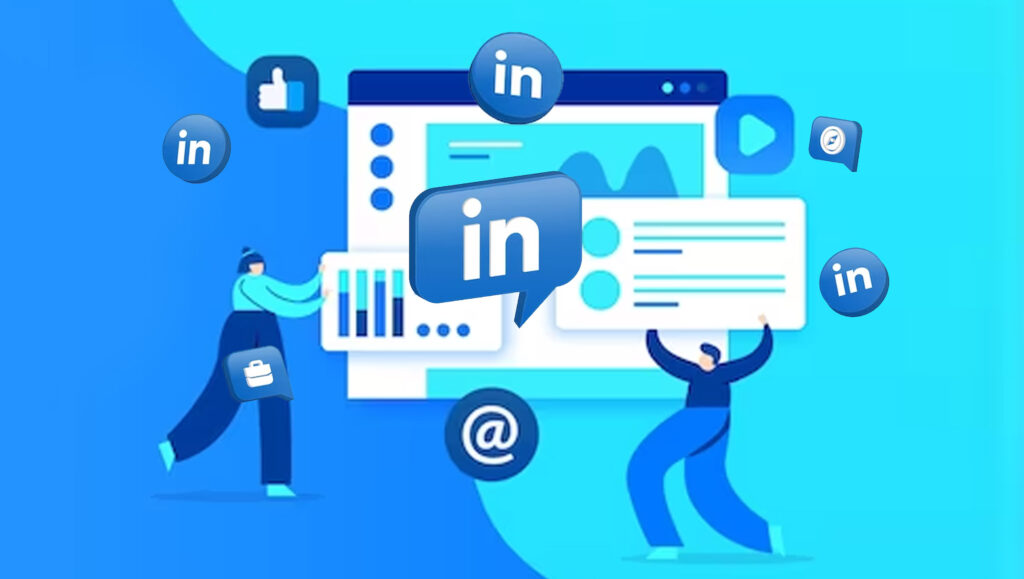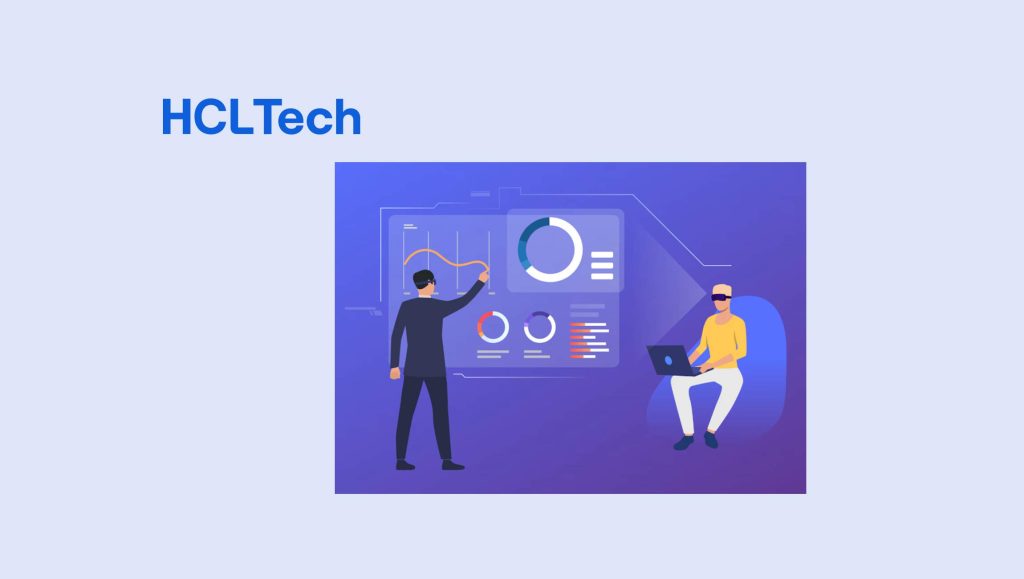Working in sales can be incredibly frustrating when there are misconceptions about the product or service in the market. The same frustration extends to the challenges faced by the ones using Sales Navigator, specifically the misconceptions surrounding this platform although its designed for the modern sales team.
Sales Navigator may significantly improve the success and effectiveness of sales initiatives with the right application and understanding. For this, sales professionals need to fully utilize Sales Navigator by dispelling these myths and encouraging a greater grasp of its potential. So, let’s learn about the myths and misconceptions along with best practices for LinkedIn Sales Navigator.
Read More: SalesTechStar Interview with Joanna Johnston, Chief Customer Officer at BigPanda
Misconception 1: There are hidden costs for Sales Navigator
This is one big misconception around Sales Navigator that it has hidden costs, but unlike other software solutions the pricing structure of Sales Navigator is quite transparent. They are upfront about the cost and there are no undisclosed fees or charges that are associated with the platform.
The Sales Navigator feature also offers tools that help the users to track and measure the ROI so if you use the platform, you can easily assess the value that you are getting from the platform and understand the impact it can have on the sales performance.
It also comes with reporting features that helps in identifying the areas which allow the users to use the attributes of the platform for sales efficacy and efficiency. It’s really important to consider the cost and time that is spent around resources because of irrelevant and outdated sales data. This guarantees that your sales efforts are founded on truthful information, enhancing efficiency and raising the chance of success.
The platform offers trustworthy and current sales data in addition to the capabilities needed to calculate ROI and maximize utilization. By dispelling this rumor, it is made obvious that Sales Navigator provides an excellent solution free of any unexpected costs.
Misconception 2: Sales Navigator does not provide direct contact information
Although it is true that Sales Navigator does not always offer direct contact information, LinkedIn as a platform respects the privacy of its users. Consequently, members at LinkedIn have the option to disclose or hide their contact information on their accounts, it depends on what they choose to show.
On the other side, Sales Navigator concentrates on offering resources and functions to aid in the identification and initial communication with potential customers. It assists users in finding eligible leads, improving the caliber of their current leads, and learning more about how certain people fit into the wider buying committee.
Users of Sales Navigator can get useful information about their prospects, enabling them to have more pertinent and fruitful conversations. Offerings include InMail, which enables users to send messages to other users. It provides options like InMail, which enables users to establish contact without the requirement of an email address or phone number. Within the LinkedIn platform, InMail can be used to contact potential customers and begin a conversation.
A user’s network is also examined by Sales Navigator, enabling them to locate coworkers or connections who can make warm introductions to their leads. This friendly outreach, aided by reliable relationships, can aid in fostering customer confidence from the very beginning of the sales process.
Overall, Sales Navigator offers a variety of tools and features that assist sales professionals in effectively engaging with potential prospects and developing relationships on LinkedIn, despite the fact that it does not directly supply contact information.
Misconception 3: The data I have is accurate so I do not need Sales Navigator
Because of the Great Reshuffle, which is a period of huge job and function shifts we are presently going through, relying merely on the data you currently have may not be enough.
People are shifting jobs and roles at an increased rate during the Great Reshuffle. The statement notes that between December 2021 and February 2022, a three-month period, the turnover among corporate directors and above, who are frequently B2B purchasers, climbed by 29%. This emphasizes how constantly changing employment information is for your prospects and clients.
Keeping up with these ongoing changes is essential if you want to communicate with buyers and decision-makers successfully. Even while the information you now have may have been correct in the past, depending only on it now may not be indicative of how your prospects are doing.
The only platform that offers dynamic, current information that is controlled by users primarily is LinkedIn. Members of LinkedIn are encouraged to maintain the current and precise nature of their corporate profile information. The tool Sales Navigator gives sales teams access to the full scope and potential of this real-time data.
Salespeople get access to the most recent data about their prospects and clients by using Sales Navigator. This makes sure that they are updated on any job or role changes or other changes that could impact how they approach selling. Sales teams may improve their effectiveness and boost their chances of success in communicating with prospective consumers and decision-makers by utilizing the precise and current data supplied by Sales Navigator.
Misconception 4: I have adequate prospects from other products
With 800 million professionals in its database, LinkedIn has access to a larger pool of data than other competitors. Because it gives precise and trustworthy information about these specialists, Sales Navigator has a distinct advantage. The Millennial and Gen Z generations are expanding and making up a sizable portion of the global labor market, making this issue of particular importance. Sales professionals can gain a lot from having more thorough and dependable information about their obligations.
Furthermore, not every prospect opportunity is created equal. When it comes to discovering prospects, Sales Navigator provides both quantity and quality options. While other programs may give a specific number of prospects, Sales Navigator goes above and above by providing a combination of a sizable pool of prospects together with precise and beneficial data about them. This implies that salespeople using Sales Navigator will be able to better understand their prospects and focus on the most promising opportunities, resulting in more successful prospecting and sales efforts.
Misconception 5: The buyer intent data which already is good enough
For modern sales teams, buyer intent data is becoming more and more important since it enables them to move from knowing who to target to knowing when to interact with potential customers.
Transactions Navigator’s Buyer Interest Alerts feature offers a way to constantly achieve ideal timing, which is crucial for the success of transactions. When a prospective customer sees their website, visits their LinkedIn page, or engages with their company’s content on LinkedIn, Buyer Interest Alerts instantly alert sales professionals.
Sales representatives may keep track of prospective customers’ actions and interactions with their brand by utilizing Buyer Interest Alerts in Sales Navigator. This increases their chances of having fruitful encounters and conversions by allowing them to capture the moment and connect at the appropriate time.
Consequently, despite the fact that some people might think the buyer intent information they presently have is adequate, Sales Navigator still offers a useful feature that improves sales teams’ capacity to seize appropriate opportunities and interact with potential customers when their interest is actively aroused.
Read More: Generative AI: Revolutionizing Marketing and Sales
Best Practices for LinkedIn Sales Navigator
A deliberate strategy is necessary to use Sales Navigator to its maximum potential. We’ll look at some best practices to help you get the most out of LinkedIn Sales Navigator and improve your prospecting efforts.
1. Optimize Your Profile
In order to use Sales Navigator to effectively prospect, your LinkedIn profile must be optimized. Potential clients can get an initial impression of you by looking at your profile, which serves as your digital representation. Make sure your profile is thorough, polished, and effectively conveys your subject-matter expertise. Use a professional and approachable profile photo that is of a high caliber.
Create a catchy title that effectively communicates your value proposition and grabs your target audience’s attention. Use the summary section to give a brief synopsis of your abilities, experiences, and accomplishments. By using pertinent keywords throughout your profile, you may highlight your expertise and improve your appearance in search results. By making your profile as effective as possible, you provide a solid basis for your prospecting efforts and give potential customers a compelling reason to get in touch with you.
2. Define Your Ideal Customer Profile
Setting up your Ideal Customer Profile (ICP) is a crucial first step in making the most of LinkedIn Sales Navigator. Your ICP depicts the traits, demographics, and firmographics of your target market—the kinds of clients who are most likely to profit from your goods or services and are more likely to become paying clients.
Start by examining your current clientele to find commonalities among your most prosperous and contented clients before defining your ICP. Look for trends in the industry, business size, job descriptions, location, and any other relevant factors. Think about the issues, difficulties, and objectives that your product or service tries to solve.
By precisely defining your ICP, you can use Sales Navigator to target your prospecting efforts on people and businesses that closely resemble your ideal customer profile. With this targeted approach, you can be sure that you’re spending your time and money on leads with the best conversion potential, which will boost your prospecting effectiveness and raise the likelihood that you’ll close sales.
3. Utilize Advanced Search Filters
When it comes to prospecting successfully, using sophisticated search criteria on LinkedIn Sales Navigator is a game-changer. With the help of these filters, you may focus your search and reduce the number of relevant prospects that don’t fit your desired client profile. You may tailor your search with Sales Navigator based on a number of factors, including industry, firm size, geography, seniority level, and more.
Utilizing these sophisticated filters can help you save time and concentrate your efforts on prospects who are most likely to convert. For instance, you may use the “Seniority Level” filter to exclude irrelevant profiles and only engage with people in power if you’re targeting decision-makers in a particular industry.
4. Save and Organize Leads
Managing your prospecting efforts on LinkedIn Sales Navigator effectively depends on saving and organizing your leads. It’s crucial to preserve and organize your possible prospects as you traverse the platform and find them in order to refer to them later. You may conveniently save leads right inside the platform with the help of Sales Navigator’s capability. By saving leads, you establish a central database of prospective prospects that you may access later and interact with.
You may optimize your workflow and retain a clear perspective of your prospecting efforts by saving and organizing leads in a methodical manner. With this level of organization, you can keep track of your interactions with each lead, which makes it simpler to customize your outreach and create lasting connections. In the end, a systematic strategy to saving and categorizing leads on Sales Navigator improves efficiency, the follow-up procedure, and your chances of turning leads into repeat clients.
5. Leverage Sales Navigator’s Insights
Utilizing Sales Navigator’s insights is a key element of successful LinkedIn prospecting. The platform offers useful prospect data and insights that can greatly improve your outreach and engagement initiatives. You can learn more about the interests, pursuits, and connections of your prospects by utilizing these insights. Using this information, you can modify your outreach efforts and create connections that are more relevant and personalized.
In order to create messages that specifically target your prospects’ requirements, you may identify their interests and pain issues by looking at the content they engage with. Additionally, the “Who’s Viewed Your Profile” tool in Sales Navigator offers a special chance to find potential prospects who have expressed interest in your profile. You can strike up conversations with these people and look into possible business prospects by actively connecting with them. You can strengthen connections, boost response rates, and raise the likelihood that leads will become customers by incorporating these insights into your prospecting plan.
5. Engage with Meaningful Content
In order to forge connections and create authority in the business world, LinkedIn Sales Navigator engagement with relevant information is essential. You have the chance to establish yourself as a thought leader in your business by frequently offering smart and pertinent material.
This not only increases your visibility but also grabs the interest of your intended market. Don’t be afraid to like, comment on, or share topics or articles that relate to your area of expertise or your prospects’ interests. By doing this, you start dialogues, arouse debates, and show that you are knowledgeable about and interested in your profession.
Conclusion:
LinkedIn has become a potent platform for professionals to connect, engage, and forge partnerships in the world of B2B sales. Sales professionals may identify and interact with their target audience more successfully with the aid of LinkedIn Sales Navigator, a dedicated sales tool provided by the network.
However, understanding the misconceptions and implementing the best practices can help you achieve your B2B goals. The capabilities and tools available in LinkedIn Sales Navigator can greatly improve your prospecting efforts. The entire potential of Sales Navigator may be unlocked by optimizing your profile, creating your ideal customer profile, using advanced search filters, saving and organizing leads, exploiting insights, and engaging with relevant material.
Always keep in mind that relationship-building, personalisation, and authenticity are the foundations of effective LinkedIn prospecting. You may use LinkedIn Sales Navigator to connect with the appropriate people, generate leads, and promote business growth by adhering to these best practices and customizing them to your own sales process.
***The primary author of this article is Sakshi John, a contractual writer at ItechSeries























